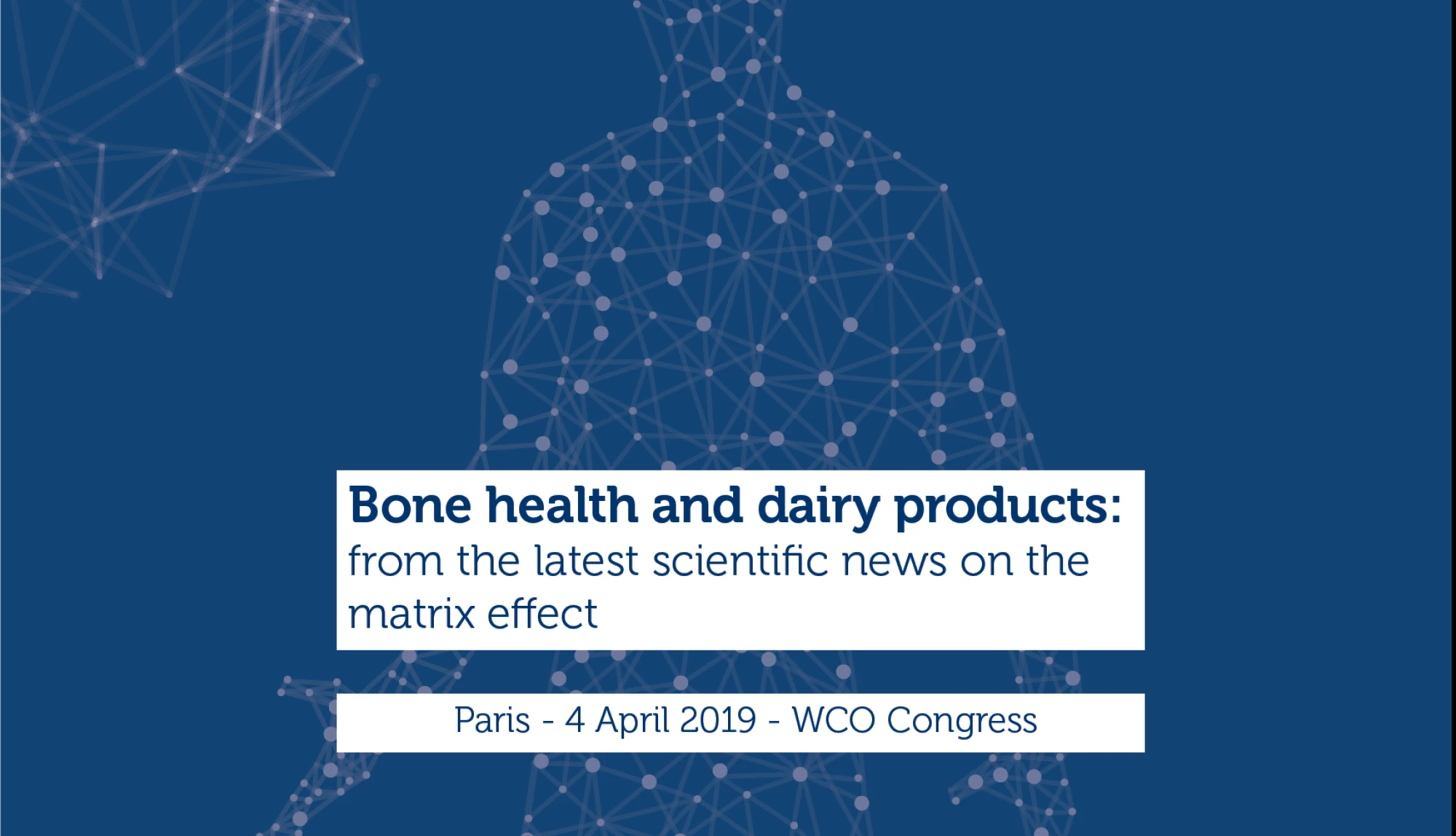A single nutrient does not make a food
Traditionally, milk and dairy products = calcium. And it is true that dairy products are rich in calcium and are the leading source of calcium in the Northern Ireland diet. But, in terms of health, dairy products are not just about calcium. This is reflected in studies comparing the effect of the same amount of calcium considered separately and within a dairy product, where often the dairy effect is greater*.
In two recent large observational studies from Harvard University it was found that each serving of milk per day was associated with a 8% lower risk of hip fracture**.
In these studies the effect could not be explained by the intake of calcium, vitamin D and protein from dairy as adjustment for these nutrients did not weaken the association. This observation supports that other nutrients in dairy, and / or interactions within the dairy matrix, are responsible for the effect on skeletal health.
For a summary of the latest evidence on dairy and bone health, including dairy matrix effects, click here.
To see Professor Astrup’s presentation from the Congress, click here
* Cheng S et al. Effects of calcium, dairy product, and vitamin D supplementation on bone mass accrual and body composition in 10–12–y–old girls: a 2–y randomized trial. Am J Clin Nutr. 2005;82(5):1115–26
**Feskanich D et al. Milk and other dairy foods and risk of hip fracture in men and women. Osteoporos Int 2018;29(2):385–396 2017.
Bian S et al. Dairy product consumption and risk of hip fracture: a systematic review and meta–analysis. BMC Public Health. 2018;18(1):165.
